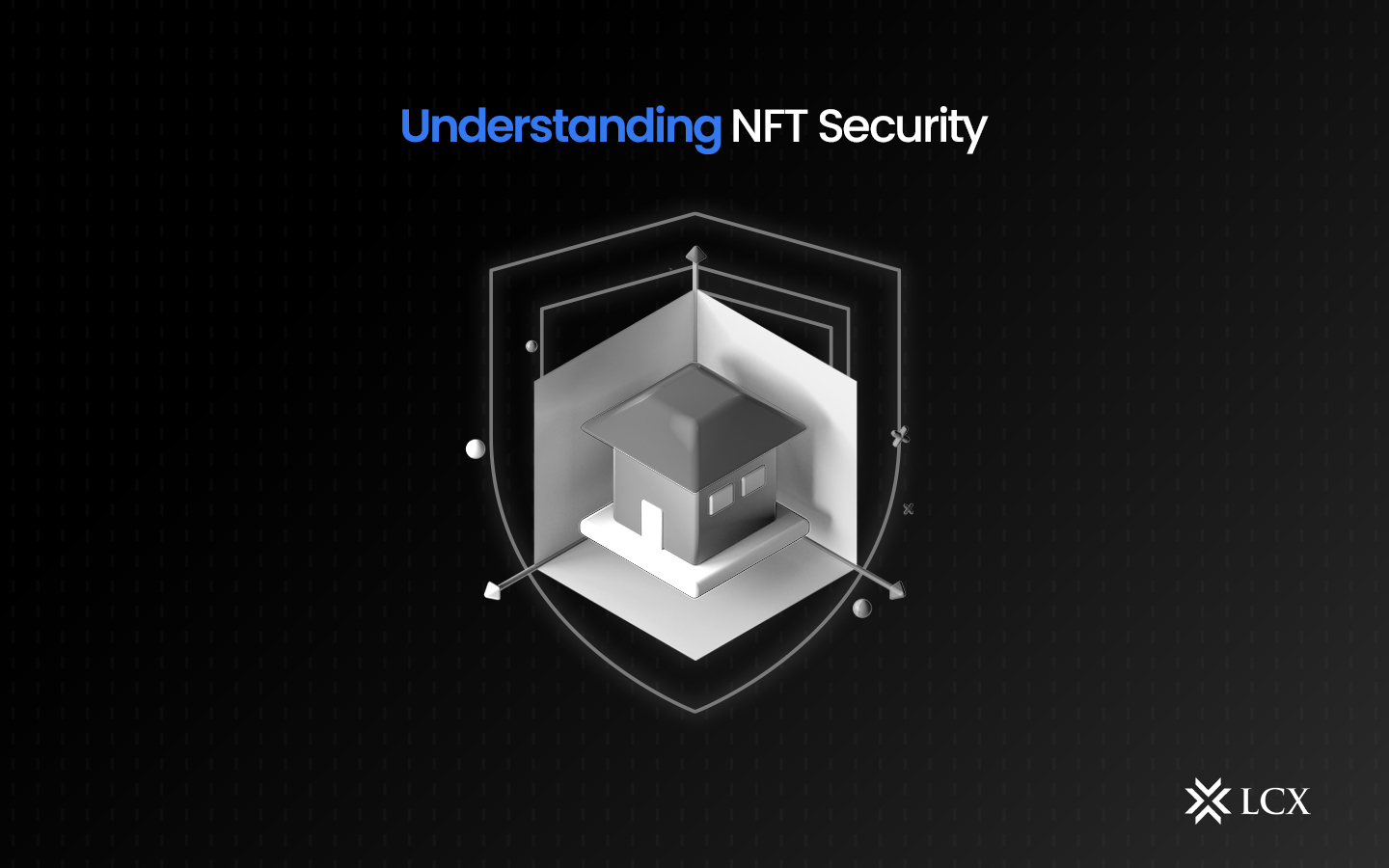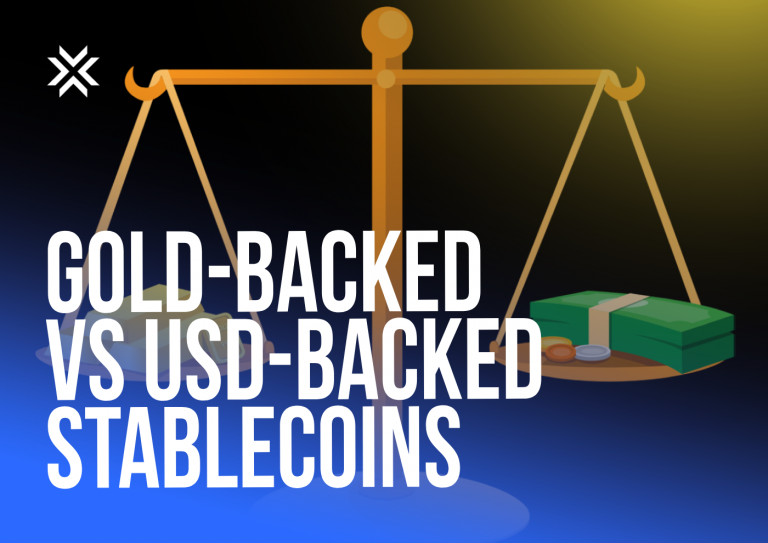NFT security is centred around maintaining oneself and their NFTs secure while exploring the Web3’s broad spectrum of opportunities. Maintaining a security-first approach and implementing practises that prevent fraud, theft of property, and unauthorised use of the data and assets are crucial components. It is especially important in the field of digital currencies, where there is almost never a means to recover a lost or stolen asset.
Due to the fact that the NFT industry is still young and attracts a large number of newcomers, many people invest without undertaking sufficient research. This can render them vulnerable to phishing and social engineering attacks. The more effectively we can address these problems with security, the greater our trust and confidence in the NFT marketplace will be.
Understanding NFT Security
Even though NFTs are based on an encrypted base of blockchain technology, it is essential to recognise that NFT security needs careful consideration and the execution of robust measures. Despite the fact that blockchain supports cryptographic security, NFTs remain susceptible to a variety of security risks and hazards. Safeguarding oneself and their digital assets while navigating the extensive possibilities offered by the Web3 ecosystem is the focus of NFT security. This is particularly crucial, knowing that when an NFT has been lost or taken, it is frequently irretrievable.
In the world of digital currencies, where assets possess substantial worth, hackers and fraud artists are always looking for vulnerabilities to exploit. Phishing attacks, in which attackers seek to mislead individuals into disclosing sensitive data, are a prevalent threat. Users who fall victim expose their logon credentials inadvertently and may forfeit their valuable NFTs.
Inadequate wallet administration and storage of keyword phrases might additionally pose security risks. Having one’s digital assets stolen due to compromised wallets or platforms. Therefore, it is important to know and carry out the best security practises for all aspects of NFT transactions.
Typical NFT Security Threats
Various security dangers represent a danger to the confidentiality and security of the significant digital assets in the worldwide community of NFTs. Several of the most common NFT security hazards are described below.
Fake Markets: NFT marketplaces are one of the simplest ways for beginners to interact with NFTs. However, counterfeit marketplaces that imitate well-known and reputable platforms have emerged. The objective of these malicious actors is to deceive users into divulging sensitive information or obtaining their NFTs.
Phishing Attempts: Phishing attacks continue to be an important issue in the NFT space, as they are one of the most effective methods for stealing NFTs. Hackers employ diverse methods, such as delivering fraudulent emails or direct communications that appear to be authentic.
These messages frequently offer complimentary NFTs or special collections to attract users. By clicking on bogus links within these messages, users accidentally reveal their sign-in credentials, key words, and private keys, thereby granting cybercriminals access to their NFT wallets.
Identity Fraud: In order to deceive users and take their credentials, hackers may pose as representatives of respectable NFT platforms or marketplaces. They may make contact with unsuspecting victims via phone calls or text messages, offering enticing employment opportunities or claiming to have urgent security concerns. This occurs most frequently on platforms like Discord. Identity theft can compromise digital wallets and lead to the destruction of substantial digital assets. Always validate the legitimacy of any communication one receives, and use caution when disclosing personal information or conducting transactions.
Rug Pull: Scams involving rug pulls have plagued the NFT market, taking advantage of the enthusiasm surrounding new NFT collections or giveaways. In these frauds, developers or company founders entice consumers by offering the illusion of protection and high returns. Once a significant quantity of financial assets has been collected, the NFTs disappear and provide investors with worthless securities. To avoid being subjected to rug-pulling scams, it is essential to conduct extensive research on NFT projects, including their creators’ histories and objectives.
Pump and Dump: NFTs are vulnerable to pump and dump schemes, comparable to other crypto markets. By coordinating their actions, malicious actors exaggerate the market value of an individual NFT project in order to attract unwary purchasers. As soon as the price reaches its zenith, these actors swiftly liquidate their NFTs, leading the price to plummet.
Best Security Practises for NFTs
Implementing best practises is essential for guaranteeing the security and safety of important NFT assets. The risk of missing NFTs will be significantly reduced if someone adhere to these guidelines.
Consider Every Authorization and Signature
Before proceeding, take the time to thoroughly review each authorization request and signature prompt. Confirm that the actions someone is about to take correspond to the actions they intend to take. Scammers and malicious actors are able to trick users into authorising unintended transfers or granting unauthorised access to their NFT assets by employing various techniques.
Excellent Wallet organisation
While commonly used wallets provide convenience and usability, they may not offer the utmost level of security required to protect large asset holdings. For considerable investments in NFTs, a hardware wallet is recommended. Hardware wallets are physical devices designed to store private keys offline in a secure manner, thereby minimising the likelihood of online breaches and unauthorised access.
Utilise Reliable Cryptocurrency Wallets and Markets
Use trustworthy and widely recognised crypto wallets to store the NFTs. Hardware wallets, such as Ledger and Trezor, offer an additional layer of security by storing private keys offline. In addition, choose reputable NFT marketplaces such as OpenSea or Rarible to purchase, sell, and trade the NFTs. Before performing trades on these platforms, thoroughly investigate their standing and safety measures.
Enable Two-Factor Authentication (two-factor authentication, 2FA).
Implementing 2FA increases the security of the NFT wallet and exchange accounts. Enabling 2FA necessitates the use of an additional verification mechanism, such as a code created on any smartphone or tablet, alongside the password. This decreases the risk of unauthorised access significantly, even if the password is leaked.
Be Cautious When Using Links and Emails
Be cautious about acting on links from unreliable sources, particularly in emails and direct messages. Commonly, phishing attacks use misleading links that lead to fake websites designed to steal sensitive information. Always verify the source’s legitimacy prior to tapping on any hyperlinks, and never disclose the seed words or private keys.
Safeguard the Seed Phrase
The seed phrase in the wallet is essential for obtaining and restoring the NFTs. Never store or share the seed phrase digitally or online. Instead, record it on paper or preserve it in a secure location offline. Keeping the seed phrase offline is a good way to prevent hackers from obtaining control over the wallet and assets.
Frequent Software and Firmware Updates
Keep the software and firmware of the crypto wallet up to date. Frequently, developers distribute updates and security fixes to resolve vulnerabilities and improve the wallet’s overall security.
Maintain Knowledge and Education
Keep updated on the most recent security practises, trends, and news throughout the NFT community. Knowledge of emergent attacks and fresh security measures enables us to make well-informed choices and modify security practises accordingly.
Always Perform Extensive Research
Before investing in an NFT endeavour or entering a giveaway, one should conduct extensive research. Examine the project’s history, team members, road map, and community input. Verify the project’s authenticity and credibility to reduce the risk of falling prey to frauds or con artists.
Final Thoughts
With the emergence of NFTs, it is now necessary to safeguard digital collectibles. This article describes the most prevalent NFT security schemes and offers advice on how to protect NFTs. Use reputable NFT marketplaces, interact with only known collections, avoid clicking on random links or Google advertisements, be cautious of airdrop scams, and never approve uncertain transfers. Conduct exhaustive research on the developers of NFT projects and avoid disclosing sensitive information to third parties. Following these guidelines, NFT holders can safeguard their assets against hackers and fraudsters.









